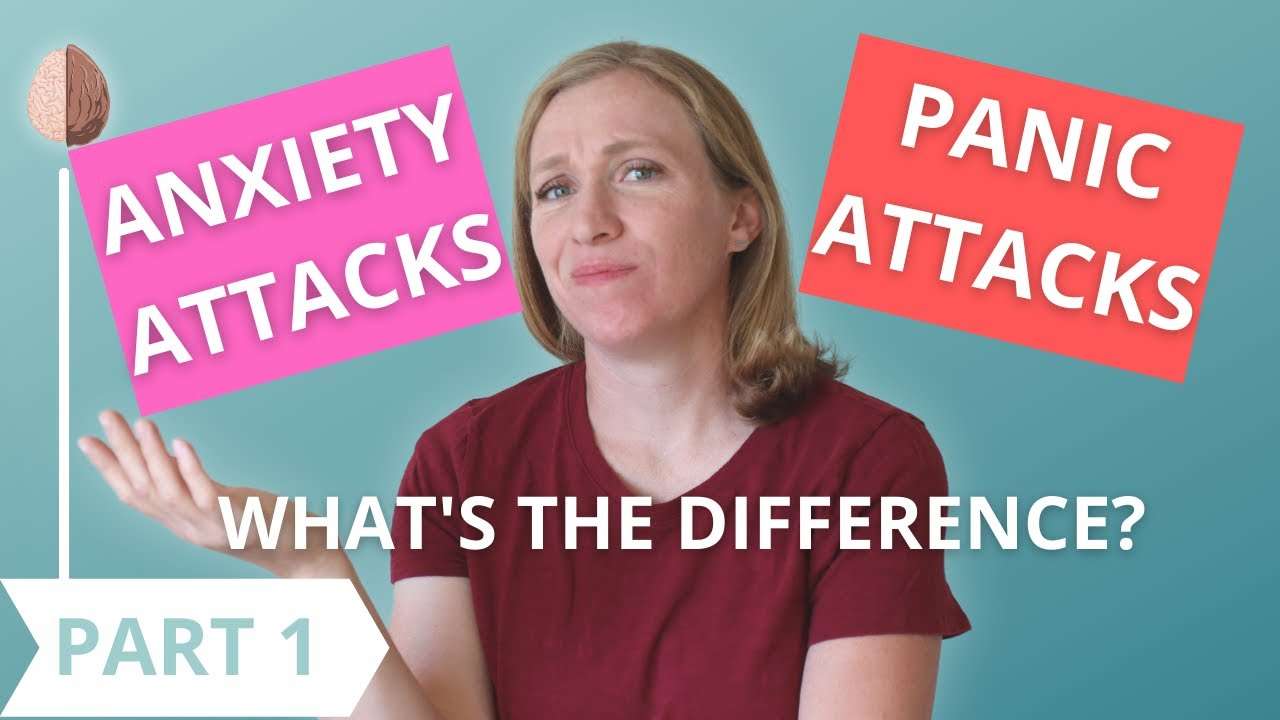Stress is a commonly used word that describes feelings of strain or pressure. The causes of stress are exceedingly varied. Perhaps you are stressed out by your job, you become nervous when meeting new people, or you get anxious when your daily routine is disrupted.
To reduce stress levels, you may seek comfort in several ways. Maybe you find solace in the company of a trusted friend. Perhaps you relieve stress when occupied by routine chores like cleaning the house. Or maybe you blow off some steam with physical exercise.
“Our dogs can become stressed too.”
Our dogs can become stressed too. Since we know how stress makes us feel, we certainly want to help alleviate our pet’s stress as well. However, our dogs do not voice their feelings, slam down the phone, or have a tantrum, so how can we tell they are stressed? The signs of anxiety in dogs are often subtle. In fact, some stress-related behaviors mimic normal behaviors.
What are some of the indicators of stress in dogs?
Pacing or shaking. You have seen your dog shake after a bath or a roll in the grass. That whole body shake can be amusing and is quite normal…unless it is occurring as the result of a stressful situation. For example, dogs are commonly stressed when visiting the veterinarian. Many dogs “shake it off” when they descend from the exam table and touch down on the ground. Dogs, like people, also pace when agitated. Some dogs walk a repeated path around the exam room while waiting for the veterinarian to come in.
Whining or barking. Vocalization is normal self-expression in dogs but may be intensified when they are under stress. Dogs that are afraid or tense may whine or bark to get your attention, or to self soothe.
Yawning, drooling, and licking. Dogs yawn when they are tired or bored, they also yawn when stressed. A stressful yawn is more prolonged and intense than a sleepy yawn. Dogs may also drool and lick excessively when nervous.
Changes in eyes and ears. Stressed dogs, like stressed people, may have dilated pupils and blink rapidly. They may open their eyes really wide and show more sclera (white) than usual, giving them a startled appearance. Ears that are usually relaxed or alert are pinned back against the head.
Changes in body posture. Dogs normally bear even weight on all four legs. If a healthy dog with no orthopedic problems shifts his weight to his rear legs or cowers, he may be exhibiting stress. When scared, dogs may also tuck their tails or become quite rigid.
Shedding. Show dogs that become nervous in the show ring often “blow their coat”. Dogs also shed a lot when in the veterinary clinic. Although less noticeable in outside settings, such as visiting a new dog park, shedding increases when a dog is anxious.
Panting. Dogs pant when hot, excited, or stressed. If your dog is panting even though he has not exercised, he may be experiencing stress.
Changes in bodily functions. Like people, nervous dogs can feel a sudden urge to go to the bathroom. When your dog urinates shortly after meeting a new canine friend, he may be marking territory and reacting to the strain simultaneously. Refusal of food and loss of bowel function are also stress indicators.
Avoidance or displacement behavior. When faced with an unwelcome situation, dogs may “escape” by focusing on something else. They may sniff the ground, lick their genitals, or simply turn away. Ignoring someone may not be polite, but it is surely better than being aggressive. If your dog avoids interaction with other dogs or people, do not force the issue. Respect his choice.
Hiding or escape behavior. An extension of avoidance, some tense dogs literally move behind their owners to hide. They may even nudge their owners to prompt them to move along. As a means of escape, they may engage in diversion activities such as digging or circling or may slink behind a tree or parked car.
How can I help my dog handle stressful situations?
In order to differentiate stress signs from normal behavior, you must be familiar with your dog’s regular demeanor. Then you can tell if he is licking his lips because he is anxious or because he wants a treat.
When relaxed, he will have semi-erect or forward-facing ears, a soft mouth, and round eyes. He will distribute his weight evenly on all four paws. Distinguishing normal behavior from stress signs will help you quickly and effectively diffuse an uncomfortable situation.
“If your dog is stressed, first remove him from the stressor.”
If your dog is stressed, first remove him from the stressor. Find a quiet place for him to regroup. Resist the urge to overly comfort him. If you want to pamper him with petting or treats, make him earn them first by performing an activity (e.g., sitting). Responding to routine commands distracts the dog and provides a sense of normalcy. It is amazing how comforting sit, down, and heel can be to a worried dog.
If your dog becomes consistently stressed, see your veterinarian. After ensuring that your dog’s behavior does not have a medical basis, your veterinarian may refer you to a trainer or veterinary behaviorist to evaluate stress-related issues. They may also prescribe anxiety-reducing medications if appropriate.
As with humans, exercise can be a great stress reducer. Physical activities like walking or playing fetch help both you and your dog release tension. It is also good to provide your dog with a safe place in the home where he can escape anxious situations. Everybody enjoys a calm place to retreat.
And, finally, remember that stress is not always bad. Fear is a stress-related emotion that prompts us to avoid potentially dangerous situations. So, stress may actually be a protector. Regardless, stress is part of everyday life for us and our dogs, so we should learn how best to deal with it.
- Dogs employ body language and warning signs to communicate to humans that they are stressed.
- Growling, barking, and pacing are all signs that something may be stressing your dog out.
- Dog owners should learn to identify dog triggers and warning signals to help prevent future stress.
So often, we hear that a dog just bit someone “out of nowhere.” The truth is, dogs rarely bite with no warning.
Dogs primarily communicate using body language, so it’s important for humans to understand what they are trying to tell us. Learning our dogs’ special ways of communication can reduce their anxiety and prevent potentially dangerous situations from happening. There are several warning signs to look for to help tell if your dog is stressed.
1. Growling
Growling is an obvious way to tell if your dog is uncomfortable. It could mean that someone is in their space, they feel threatened, or that something hurts. It’s not usually meant to be aggressive but it is rather often a warning that your dog feels uncomfortable.
Many people try to discourage their dog from growling. But if a dog gets in trouble for it, they may become more likely to skip future warnings and go straight to a bite. Don’t punish your pup for growling. Instead, respect their space or figure out a different way to get what you want from them. For example, if a dog is growling over food, give them space when they eat in peace. If they are growling over a bone and you need to put the bone away, trade them for a smaller treat so you can take the bone away safely.
2. Whining or Barking
Many dogs cannot control their whining when they feel stressed, as it’s more of an automatic response. However, it is a clue for humans that something in the environment is causing anxiety. Barking is similar, in that pups can’t always control it, but they’re trying to tell you that they’re stressed about something. It may, however, depend on the context, as dogs may whine and bark for many other reasons.


3. Body Language
There are entire books written on dog body language and “calming signals,” a term developed by Norwegian dog trainer Turid Rugaas. Rugaas realized that dogs have more than 30 ways to avoid stressful situations and try to calm themselves. When pups exhibit these behaviors, they’re trying to diffuse the situation or tell you or another dog that they aren’t a threat.
Stress signs to look for include whale eye (when dogs reveal the whites of their eyes), tucked ears, tucked tail, raised hackles, lip-licking, yawning, and panting. Your dog might also avoid eye contact or look away. This is most commonly seen in a dog that seems “guilty.” However, the pup is actually reacting to your voice and body language and thinks something must be wrong.
Don’t rely solely on body language. Also, some dogs raise their hackles when they are overstimulated or excited, not necessarily when they are stressed or anxious.
4. Freezing
When your dog freezes or gets stiff, they are often stressed about something they see. In a training context, this can sometimes be seen as “submission,” but modern dog training practices tell us that the dog is actually shutting down. This can be very dangerous for both you and your pup. It’s a warning sign that the dog is so stressed that they can’t handle the situation, and the next step may be a bite.
5. Pacing
When canines are pacing back and forth, it’s a sign they can’t settle down because something is stressing them. If this happens during mealtimes or for short periods, it might not be a big deal. But, noticing when your dog engages in this behavior can give you clues as to what is triggering their anxiety.
In older dogs, pacing may be a sign of dementia. If you start to notice this in your senior pet, talk to your veterinarian right away.


Note: With all of these signs, it all still depends on the individual dog and the context of the situation. For example, some dogs growl or “talk” while playing. It could mean they are getting overexcited and need a break, but it could also just be the way they play. Getting to know when your dog is stressed is key. You should always talk to a professional dog trainer if you have any concerns. Or, consider a trip to your veterinarian if your dog’s behavior changes suddenly.
How To Calm A Stressed Dog Down
Dog owners should also reflect on their own behavior to see how they might be contributing to the stress. Some ways owners might make their dogs stressed include not giving clear commands, staring directly at them, or punishing them unnecessarily.
The best way to calm your dog down is to identify what is stressing them, then eliminate the trigger. Alternatively, work with a professional trainer or your veterinarian to reduce their response to the trigger.
Sometimes it’s as easy as blocking off an area where your dog can eat while no one bothers them. Or, teaching children how to respect your dog appropriately. If you know your dog gets stressed out about specific events, like a car ride or fireworks on the Fourth of July, there are some specific ways to ease that anxiety.
The bottom line? Start paying attention to your dog’s body language and you’ll be able to read their stress signals and reduce their anxiety in no time.




